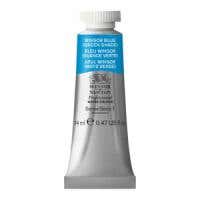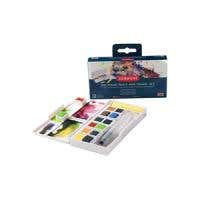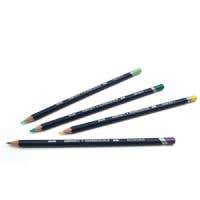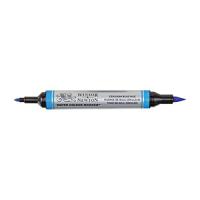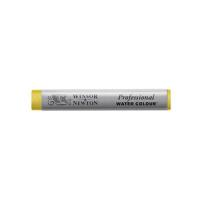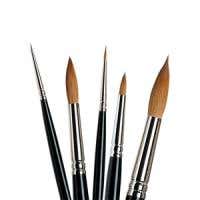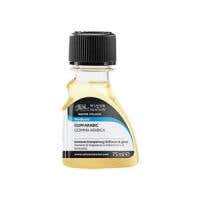Watercolour is something every artist should dabble in at one time or another. A versatile and flexible medium that yields varying results, watercolour can look magnificent when mastered.
When it comes to watercolour arts and supplies, Eckersley’s has you covered. Whether you’re a first time watercolour explorer or a seasoned pro, Eckersley’s has what you need. Our range of watercolour pads, paper, pencils, brushes, paper blocks, journals and postcards make planning watercolour designs easy, and once you’ve got your watercolour under control we offer a number of ways in which to present it.
Eckersley’s has been in business since 1965 and began expanding in 2005. Today you can find 28 stores across Australia and browse leading brands such as Derivan, Derwent, Fabriano, Art Advantage, Copic, Winsor & Newton, Liquitex, Reeves and Mabef. You’ll find easels, paints, brushes and canvases, but also print screening, mixed media and projectors and tracers. Eckersley’s is your one stop shop for quality art supplies, so be sure to shop with us online or visit a store near you today.
 Out of stockMore Details
Out of stockMore Details
